Employment Practices That Create Workplace Distractions (Part 2 of 4)
.png?width=820&name=Employment%20Practices%20That%20Create%20Workplace%20Distractions%20(1).png)
Distractions exist everywhere in the workplace! As introduced in the first part of this four-part series, business owners and leaders must minimize distractions proactively. Waiting until an issue arises typically results in lost money, time, and productivity… all killers to an organization’s profitability and success! Here is part two of this four-part series.
3. “But, I Didn’t Know All These Laws!”—Failing to Coordinate Various Employment Laws—FMLA, ADA, Workers’ Compensation
Employment laws are complex on their own, but when they intersect, they become legal landmines! What if an employee has a serious injury at work? What if this injury requires time off from work? What if this injury leads to further complications, which qualify as a disability? These are realities employers may face. For qualifying employees, there are rights related to leave, compensation, and accommodations, which employers must consider. If an employer overlooks any of these laws, they expose themselves to greater legal risk.
Employers must work with employees to fully and legally understand complex health situations. At the same time, employers need privacy policies/procedures and organizational tools (e.g.—separate employee health folder form the general personnel folder) to ensure purposeful or unintentional discriminatory employment decisions do not occur. HR plays a key role in this by acting as an advisor, processor, and advocate for both the employer and the employee.
Action Step: Employers should review their Employee Handbooks to ensure key employment laws are listed and discussed. HR departments should clearly communicate how and when managers and employees should seek out their guidance when health situations arise. Employers should not act without first involving HR and possibly legal counsel so that the company can address employee health and injury concerns with empathy, legal integrity, and company solvency in mind. HR must develop communication and organizational means to treat all employees with equity and consistency.
Additional Resources:
- https://www.shrm.org/resourcesandtools/tools-and-samples/presentations/pages/interplayadafmlaworkerscomp.aspx
- https://www.shrm.org/resourcesandtools/legal-and-compliance/employment-law/pages/workers-exhaust-fmla-leave.aspx
4. “But, I Talked to Them About This Issue…I Just Forgot to Write It Down!”—Failing to Document Corrective Action
Every workplace has its “difficult” employee. Some workplaces are “blessed” to have several “difficult” employees at the same time! Oftentimes, these employees receive warning after warning without any documentation. If you are a manager, you have witnessed this either personally or observantly. Typically, in such a situation, the manager gets so frustrated that s/he comes to the HR Director or his/her supervisor and demands to fire the person! Now, there are times where immediate termination makes sense for severe behavioral violations (e.g.—violence in the workplace). However, most instances of termination have a long history of “issues.” When a supervisor fails to document past adverse behavioral or performance issues, the company exposes itself to timely and costly litigation. If litigation takes place, it becomes the word of the employer versus the word of the employee. Most of the time, employers will payout a settlement or proceed with litigation hearings. If litigation proceeds, it is at the discretion of the judge to determine the outcome. Without documentation, the employer’s position is difficult to prove, and the burden of proof often falls on him/her.
Action Step: Employers should review their Employee Handbooks to ensure Corrective Action procedures are stated, behavioral polices are clear, and performance expectations are communicated. In addition, employers should have employees sign-off on any Handbook or policy book. This is not only for legal protection but also, and most importantly, for organizational clarity. Lack of clarity keeps organizations from thriving and focusing on what they want to do…provide value to their customer. Operational leaders and HR must develop forms and record-keeping tools to support a Corrective Action process.
Additional Resources:
5. “But, They Cannot Say That!”—Restricting Protected Speech
Most people view the National Labor Relations Board (NLRB) and the National Labor Relations Act (NLRA) as an organization and law directly related to unions. The NLRB is the enforcing body for the NLRA. Many of the NLRB’s rules require all companies (unionized or non-unionized) to comply. A primary example relates to free speech. Under the National Labor Relations Act (NLRA), all employers (unionized or non-unionized) must not limit protected speech in the workplace. It is true that employers may limit First Amendment free speech rights, but under Section 7 of the NLRA, employees have the right to the right to certain protected speech rights. When an employer clamps down on negative social media postings that discuss compensation, hours, working conditions, supervisors, and/or workplace policies, the employer runs the risk of violating the NLRA. Employer handbooks should make it clear that the company will not violate protected speech as defined by the NLRA. This does not mean employees have unlimited free speech rights in the workplace. Speech can cause harm, and employees can receive disciplinary action if the speech is not protected under the NLRA. Employers must realize that the NLRB leans toward favoring employee rights. If a policy or employment action hints at violating protected speech, it is likely that an NLRB ruling will favor the employee.
Action Step: Employers should review their social media policies and Employee Handbooks at-large to ensure protected speech is not being violated. Managers should understand the difference between protected speech and the creation of a hostile work environment. Companies should not invoke “total gag” policies related to criticizing the company. Such anti-defamation policies do not meet the criteria the NLRB has when reviewing employee complaints.
Additional Resources:
Too often, employers get tripped up dealing with workplace issues they never dreamed would occur. Again, this is not why an entrepreneur lived out his/her dream! The dream of innovating and creating can easily get choked out by workplace distractions.
Stay tuned as I explore Sporadic Policy Enforcement and Discriminatory Practices in my next article of this four-part series.
Check out part 1 of this four-part series by Steve Black:
Employment Practices That Create Workplace Distractions (Part 1 of 4)

.png)